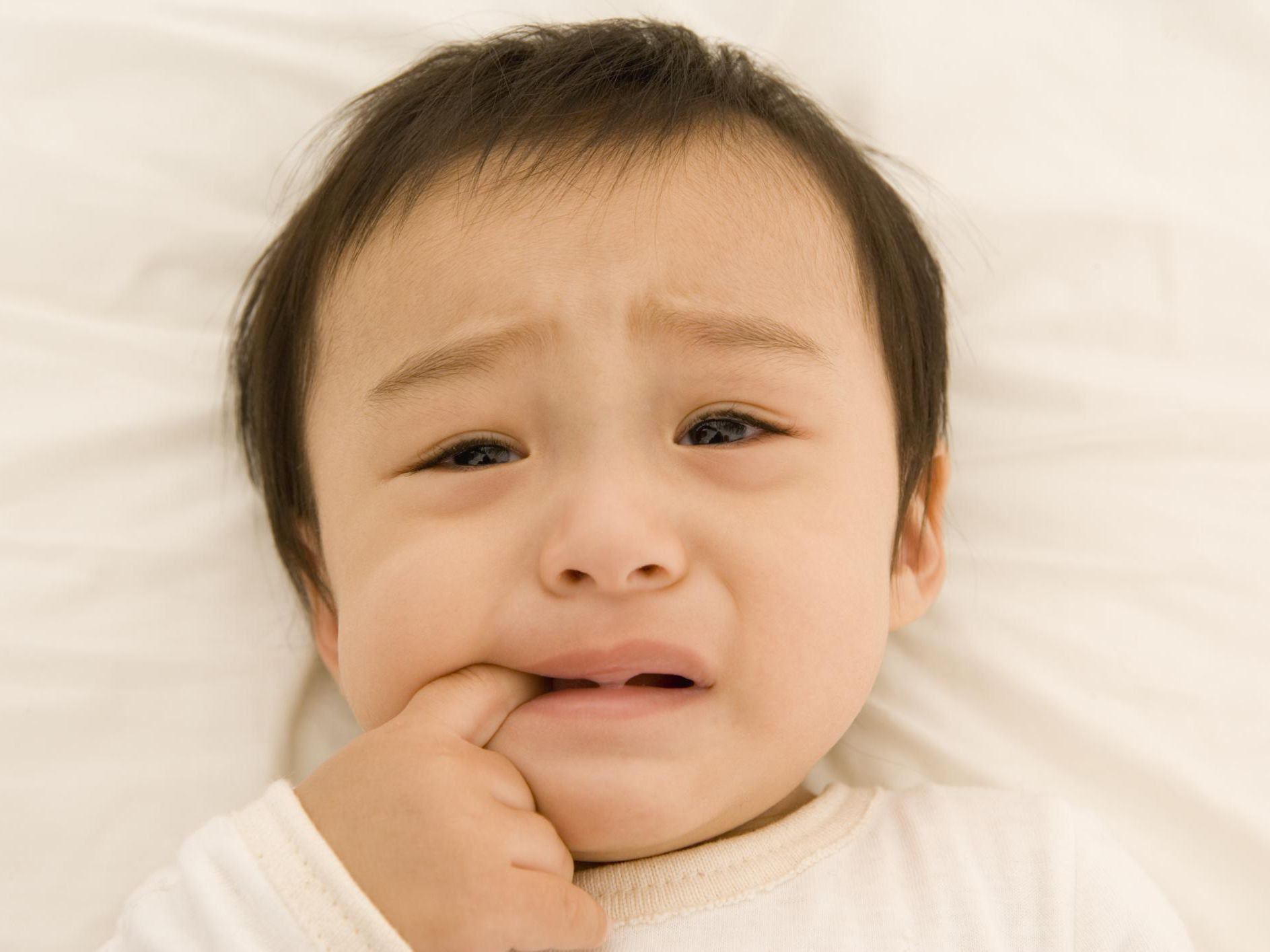
27 Sep Does my Baby Have Thrush?
You’ve been noticing your baby is more fussy than normal during feedings and there seem to be little white patches on the baby’s tongue and in her mouth after eating. This is a common finding when a baby has thrush. So, what is thrush, what are the common signs and symptoms, and what can you do to help your baby? We’ll talk about it all here, so read on.
What is thrush?
Thrush is a yeast infection that can commonly grow in the mouth and throat (and even other warm, moist areas of the body like the diaper line or neck). It is caused by an overgrowth of a fungus called Candida. Candida is normally present in the mouth, but when it has an overgrowth, it can result in thrush. The baby can also pick it up from the birthing process as a baby comes through the birth canal.
What are the signs and symptoms of thrush?
Typically, when thrush develops in the baby’s mouth, you may notice a white coating on the tongue and mouth. Sometimes parents report it looks like cottage cheese. If it progresses, the mouth may become red and painful. Parents then often note that the baby tends to be fussier during feedings and may not be as willing to use his or her pacifier.
How is thrush diagnosed?
Usually, a healthcare provider is quickly able to make the diagnosis of thrush simply by a physical exam and looking at the baby’s mouth for the standard white lesions (sores). If the thrush extends into the baby’s throat, a throat culture (a swab used to determine the type of microorganism present) can be completed (this is not very common).
Can thrush be spread from person to person?
Thrush can be spread if coming into contact with infected saliva (spit). For this reason, it is recommended that excellent hygiene skills are used. All of the baby’s pacifiers and bottles (especially the nipples) should be cleaned extremely well in hot, soapy water or washed in the dishwasher or bottle sanitizer. Also, if mom is breastfeeding, she should ensure she is practicing good breast hygiene because the yeast can also live on her breasts and be transmitted back and forth to mom and baby during feedings. We’ll talk about treatment next, but know that if a breastfeeding mom also develops thrush, she should receive treatment at the same time as the baby to prevent the thrush from becoming an ongoing exchange between the two. There is no reason to stop breastfeeding, so rest assured, mom, you can continue with your normal feeding routine!
How is thrush treated?
A prescription for a standard antifungal is given. The most common antifungal used is Nystatin, it is a prescription. Nystatin can come in a variety of forms, including liquid or tablets, or cream. For the baby, it will usually be prescribed as a liquid, and then mom or dad can simply apply the solution to the inside of the baby’s mouth and tongue several times a day for approximately 10-14 days. It’s important to make sure the solution gets onto all-white areas of the baby’s mouth. If Nystatin is not effective, then the healthcare provider may use a different antifungal called Fluconazole (also known as Diflucan).
How do I prevent the baby from getting thrush or getting it again?
Unfortunately, there is nothing that can prevent a baby from picking up Candida through the birth canal but let’s review other measures of prevention too. Excellent hygiene skills and making sure pacifiers, bottles, and nipples are all well cleaned and sterilized after each use are very important. Also, change wet and dirty diapers promptly and dry skin thoroughly to prevent Candida from developing in other areas like the groin or neck skin folds.
Sources
American Academy of Pediatrics, Thrush and Other Candida Infections, October 2020.
Cleveland Clinic, Thrush, October 2019.
Mayo Clinic, Oral Thrush, April 2021.

